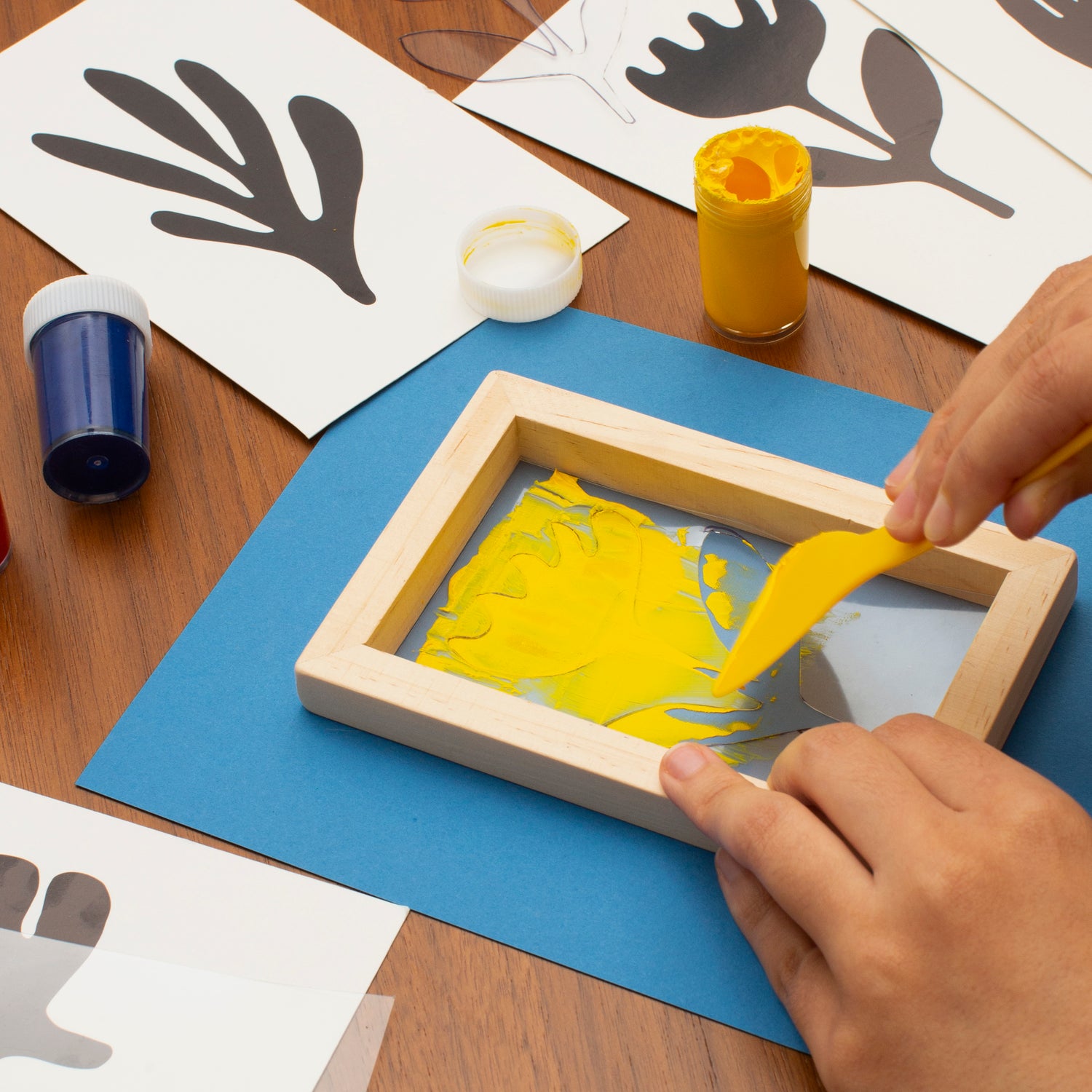The Crucial Guide to Understanding Screen Printing and Its Versatile Makes use of
Screen printing has a rich background that dates back to ancient times, developing into an innovative method made use of throughout different markets today. This overview checks out the intricacies of the screen printing process, describing its applications in marketing, style, and home style - 10:9 Design Screen Printing. Understanding these basics can open innovative capacity for both imaginative and commercial tasks. The adhering to sections will certainly disclose important ideas and techniques to improve one's screen printing undertakings
The History of Screen Printing
Screen printing has origins that map back centuries, its development reflects the technological and creative improvements of numerous societies. Stemming in old China, the technique was initially used for decorating textiles and later infect Japan, where it became integral to Ukiyo-e woodblock printing. The method shifted to Europe in the 18th century, where it gained popularity amongst craftsmens and business printers. The development of image solution in the 20th century reinvented screen printing, enabling even more complex layouts and better effectiveness. Artists like Andy Warhol even more pushed its popularity, making use of the tool to develop iconic jobs that mixed commercialism and art. By the late 20th century, screen printing had developed itself as a functional method, utilized in fashion, advertising, and great art. Today, it remains to develop, integrating electronic modern technology and broadening its applications across numerous markets.
The Screen Printing Process Explained
Screen printing changes imaginative visions into concrete designs via a collection of accurate steps. A photo is produced and after that transferred onto a screen, typically made of great mesh material stretched over a framework. A light-sensitive emulsion is used to the screen, which is exposed to light, setting in locations not covered by the picture. After cleaning out the unhardened emulsion, a pattern is developed.
Next off, the screen is placed over the substratum, whether it be textile, paper, or one more product. Ink is then pressed through the open areas of the pattern making use of a squeegee, depositing the style onto the substratum below. This procedure can be duplicated for multiple colors, calling for different screens for each hue. The printed product is cured using warmth to guarantee the ink sticks effectively, resulting in a resilient, lively design prepared for use.
Kinds of Screen Printing Techniques

Additionally, specialized techniques, such as discharge screen printing, eliminate dye from the textile to produce softer prints, while aluminum foil screen printing applies metal foil to accomplish a glossy coating (10:9 Design Screen Printing). Each technique offers distinctive qualities, accommodating various imaginative requirements and production scales, inevitably increasing the possibilities within the screen printing domain name
Applications of Screen Printing in Various Industries

In addition, the signage and advertising and marketing sectors use screen printing for developing captivating display screens Find Out More and banners. This method enables bold colors and complex designs that capture interest. In electronic devices, screen printing is used for applying conductive inks to motherboard, vital for component connections. The home design industry embraces screen printing to produce distinct designs on fabrics and wall surface art. In general, screen printing functions as a vital device throughout diverse fields, enhancing items with customized and aesthetically attractive graphics.
Tips for Effective Screen Printing Projects
While taking on a screen printing task, mindful attention to detail can considerably improve the last outcome. Picking top quality materials is vital; this consists of the screen, inks, and substratums. Utilizing suitable mesh counts can influence ink deposition and information resolution. Preparation is similarly important; complete cleaning of screens and proper exposure times guarantee crisp prints.
Next, exact registration is essential for multi-color prints. Utilizing placement devices can help achieve accurate layering. In addition, testing prints on scrap materials prior to production helps recognize prospective issues without throwing away sources.

Often Asked Concerns
What Materials Are Best for Screen Printing on Fabric?
Cotton and polyester blends are excellent for screen printing on material because of their toughness and ink absorption. In addition, specialized fabrics like silk or canvas can create distinct structures and finishes, enhancing the total layout high quality.
Exactly how Do I Clean and Maintain Screen Printing Equipment?
To preserve and clean up screen printing equipment, one need to regularly clean screens with suitable solvents, examine mops for wear, lube moving parts, and shop all products in a completely dry, dust-free setting to extend their life-span.
What Are the Environmental Influences of Screen Printing?
Screen printing can have considerable environmental influences, consisting of chemical waste from solvents and inks, water usage throughout cleaning processes, and power usage. Eco-friendly products and sustainable techniques are crucial for decreasing these unfavorable results.
Can Screen Printing Be Done in your home Effectively?
Screen printing can be effectively done at home with the ideal materials and methods. Enthusiasts can produce top quality prints, though success depends on their ability degree, equipment, and understanding of the procedure included.
What Are the Costs Connected With Beginning a Screen Printing Organization?

Starting a screen printing business includes expenses for tools, products, and workspace. Preliminary costs commonly range from a few hundred to a number of thousand bucks, relying on the range, quality of machinery, and desired production capability.
Screen printing has a rich background that dates back to old times, advancing right into a sophisticated technique used across various industries today. One more method, rotary screen printing, utilizes cylindrical screens, promoting continual printing on textile rolls, therefore boosting effectiveness for massive productions. In addition, specialized techniques, such as discharge screen printing, remove color from the textile to develop softer prints, while foil screen click over here printing applies metallic aluminum foil to attain a glossy surface. In the fashion sector, screen printing is widely made use of to produce dynamic layouts on garments, making it possible for brand names to showcase their distinct designs. Cotton and polyester blends are excellent for screen printing on textile due to their resilience and ink absorption.